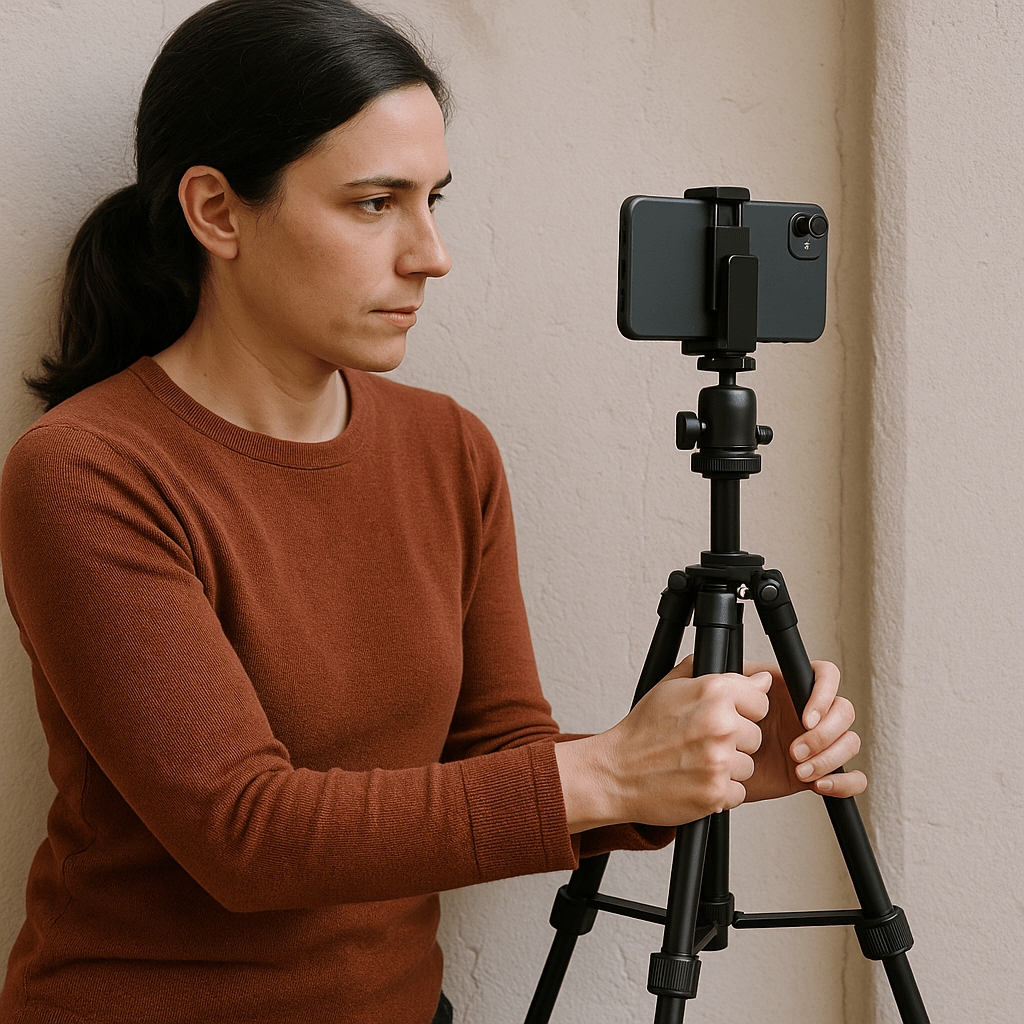Gimbals have become the go-to tool for smooth, dynamic video—but they’re not always practical. Batteries run out. Motors get noisy. And sometimes, carrying extra weight or complex electronics just doesn’t fit the situation.
But professional-looking stability doesn’t always require powered stabilization. In fact, many of the smoothest shots you’ve seen were achieved with no gimbal at all.
This article explores practical, battery-free techniques to achieve stable video using smart setup, positioning, and the right support gear.
![]()
1. The Limitations of Relying Solely on Gimbals
While 3-axis gimbals like the Smart Cyclone are powerful tools, they also come with real-world drawbacks:
-
They require charging and calibration
-
Some can’t handle strong wind or uneven terrain
-
Their bulk can slow you down during travel or street shooting
-
Their movement can sometimes be too smooth, removing natural motion
Understanding non-powered alternatives gives creators more flexibility and freedom.
2. Tripods: The Gold Standard for Static Stability
For any locked or semi-static shot, nothing beats a solid tripod. A lightweight, height-adjustable tripod with a reliable head can deliver rock-steady framing in nearly any environment.
Whether you're shooting a talking-head segment in a park or capturing time-lapse footage at golden hour, tripods ensure no shake, no drift, and no distractions.
Using a fluid head on your tripod allows for smooth manual pans or tilts, offering natural movement without motorized assistance.
3. Handheld with Intention: The Human Gimbal Technique
If you need to go handheld, how you hold your phone or camera makes all the difference. Creators often use:
-
Two-hand support, elbows tucked to the body for core stability
-
Wide stance or seated posture to reduce bounce
-
Exhale and move slowly while shooting to minimize natural sway
-
Follow movement with your body, not just your arms
Shooting handheld is not a weakness—it’s a style. And with practice, it can create a more organic, immersive feel than a mechanically perfect glide.
![]()
4. The Tripod-as-a-Monopod Hack
One technique often used by documentary filmmakers is treating a tripod like a monopod:
-
Collapse two legs
-
Extend one for minimal floor contact
-
Rest the weight of the camera on the tripod without locking it down
This offers semi-stabilized handheld shooting—ideal for subtle motion that still retains an “in-the-moment” feeling. It works especially well in tight indoor spaces or dynamic street interviews.
5. Using Objects in Your Environment
Sometimes, the best stabilizer is what’s already around you. Leaning or resting your phone or tripod on nearby objects can provide instant, discreet support:
-
Use a wall, railing, or table as a base
-
Rest the device on a backpack, chair, or folded jacket
-
Clamp your phone to a fence post or bicycle handlebar with a compact mount
This is especially useful for travel vloggers, urban explorers, or guerrilla filmmakers who shoot in unpredictable conditions.
6. Short Lens, Slow Movement, Better Results
Stability is also affected by your camera settings and behavior:
-
Use wider lenses or standard focal lengths to reduce shake visibility
-
Avoid digital zooming while handheld
-
Move slowly and predictably, like a glide rather than a walk
-
Record at higher frame rates (e.g. 60fps) if you plan to slow down in post for added smoothness
When gear is minimal, technique matters more.
Conclusion: Stability Is a Skill, Not Just a Tool
Gimbals are incredible when used well—but they’re not always available or necessary. Understanding physical stabilization methods not only gives you more freedom as a mobile creator, but also helps you develop better habits for planning, shooting, and composing your scenes.
Whether you’re packing light, saving power, or embracing a raw, documentary feel, knowing how to shoot stable without a gimbal is a skill that keeps your footage sharp—and your creative momentum flowing.


Share:
How Professional Creators Plan Their Shots: From Gear Setup to Frame Lock
From DIY to Pro: The Evolution of Creator Gear in the Mobile Age